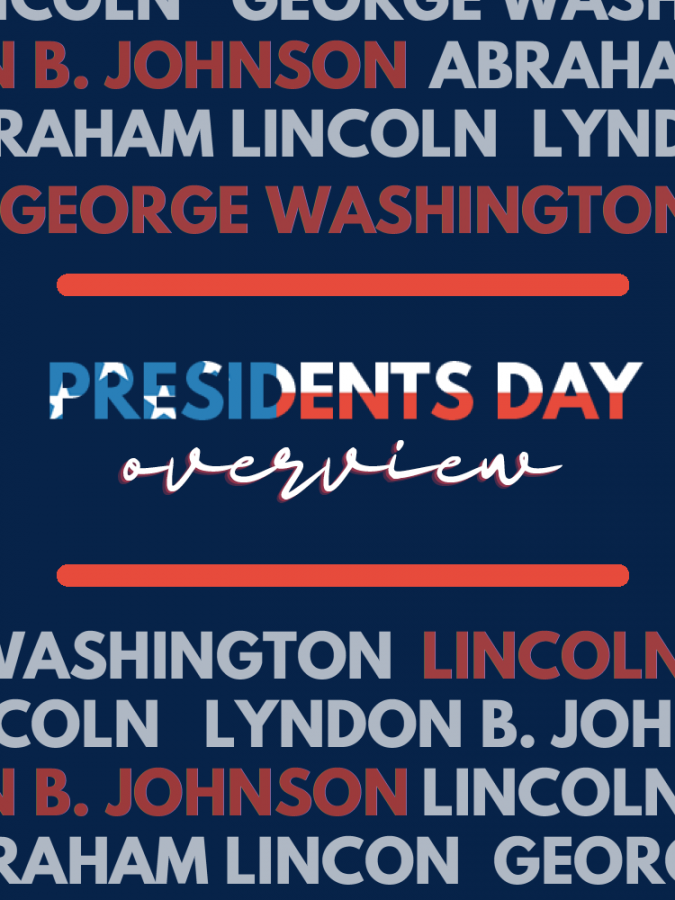The History of Presidents’ Day
February 15, 2021
Since 1885, the U.S. has designated a holiday in celebration of our leaders, both present and past: Presidents’ Day. The holiday, initially created to celebrate the close birthdates of Presidents George Washington and Abraham Lincoln, has continued into the 21st century and serves as a reminder of our nation’s past, present and future.
During the 1870s, Senator Steven Wallace Dorsey, a Republican congressman from Arkansas, proposed making Washington’s date of birth, Feb. 22, a fifth holiday in the District of Columbia. The four previously-declared holidays included: New Year’s Day, Independence Day, Thanksgiving and Christmas Day.
As the proposal received an overwhelming amount of support, President Rutherford B. Hayes signed the bill to add Washington’s birthday to the existing holidays in the District of Columbia on Jan. 31, 1879 and implemented the holiday in 1880. Just five years later, legislation deemed that thirty-eighty states and their federal workers also would recognize the holiday.
Robert McClory, a Republican representative from Illinois, and fellow members of Congress introduced the Uniform Monday Holiday Act in the 1960s hoping to create longer periods of vacation time for federal employees.
In 1968, President Lyndon B. Johnson signed the legislation into law in an effort to give working class citizens of the U.S. three-day weekends off to enjoy with their families. The bill moved three national holidays to Mondays: Memorial Day to the last Monday of May, Veterans Day to the fourth Monday of October, and Presidents’ Day to the third Monday of February.
Columbus Day also had a place in the bill, as it became a federal holiday under the legislation. Having already been established as a holiday in thirty-four states, Johnson moved to have Columbus Day become a nationally recognized holiday on the second Monday of October. Johnson did so in order to recognize the discoveries made by Christoper Columbus’s expeditions.
The provisions of the legislation made sure that the federal government guaranteed at least five annual three-day weekends. Johnson believed the costs and loss of time would be outweighed by benefits the government would receive in the long run, as it would reduce interruptions from holidays that took place midweek and had resulted in heightened employee absenteeism.
Arguments were presented that moving the holidays from their designated dates would take away from their valour, while others, primarily in the private sector, saw Presidents’ Day as an opportunity for corporate America to create a series of special annual sales that would significantly increase their profits. Labor unions also championed the legislation, as it gave their workers time off to spend away from the workplace.
On Jan. 1, 1971, the act went into effect and ensured the celebration of Presidents’ Day for generations to come. Washington and Lincoln’s birthdays — Feb. 22, 1732 and Feb. 12, 1809 — were both highlighted in the bill, as the two men had long been viewed as paradigm-shifting leaders.
The name of the holiday itself did not come from Johnson. While some have speculated that President Richard Nixon issued an executive order to change the name of the holiday, the 1971 order simply reminds citizens of the revised annual federal holiday calendar system. Heavy marketing and sales by industry leaders have led to the cultural commonplace of referring to the holiday as “Presidents’ Day.” From the 1970s onward, corporations have made it a point to drive consumer sales with the help of deals offered during Presidents’ Day weekend. Today, many Americans remember our nation’s leaders with a long weekend and sales.









